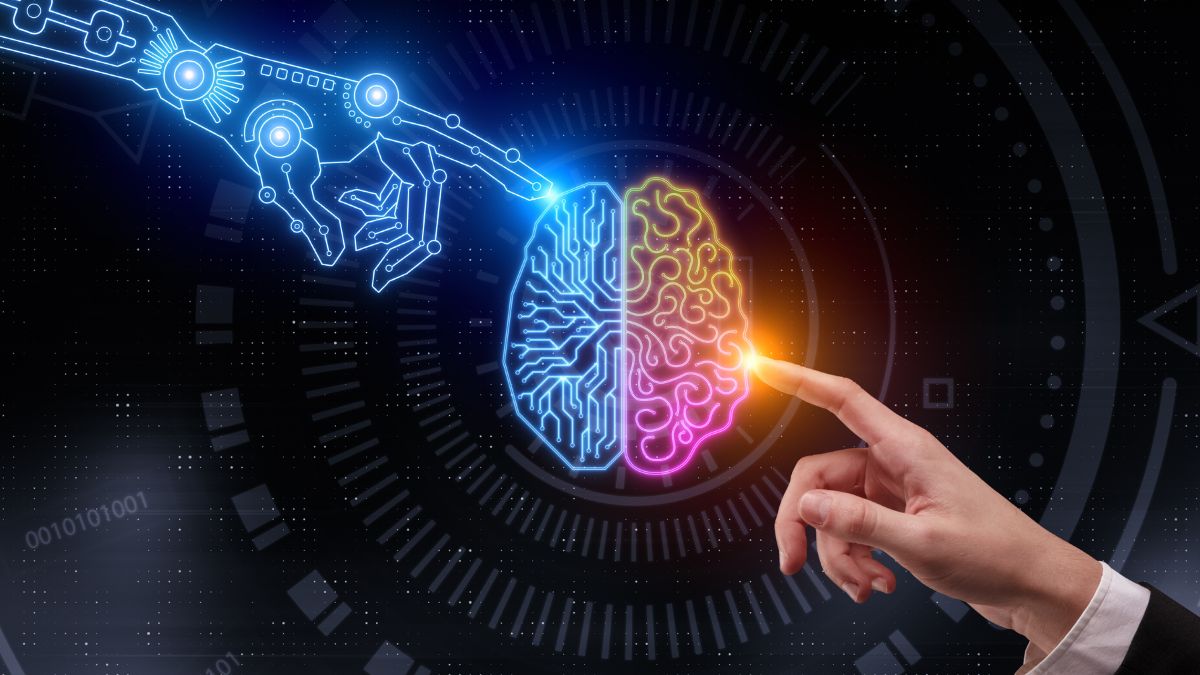Edge computing is transforming the IT landscape, bringing computation and data storage closer to data sources such as IoT devices, industrial sensors, and local servers. This decentralised model is becoming increasingly important as businesses demand faster data processing, reduced latency, and enhanced privacy.
In this article, we’ll explore what edge computing is, why it’s gaining traction, its benefits, challenges, and its future potential in reshaping IT infrastructure.
What is Edge Computing?
Edge computing refers to the process of bringing computational power and data storage closer to the physical location where data is generated. Unlike traditional models, where data is sent to centralised cloud servers for processing, edge computing processes data locally or near the source.
This shift minimises latency, conserves bandwidth, and provides real-time processing capabilities. With edge computing, businesses can respond instantly to critical events, making it invaluable for applications in healthcare, autonomous vehicles, and industrial automation.
Key Drivers of Edge Computing Adoption
The adoption of edge computing is driven by a combination of technological advancements and the changing needs of businesses.
1. The Growth of IoT
The Internet of Things (IoT) has led to an explosion of connected devices, each generating massive amounts of data. According to Statista, the number of IoT devices is projected to exceed 29 billion by 2030. Managing this deluge of data with traditional cloud computing becomes impractical. Edge computing addresses this challenge by processing data locally, ensuring timely and actionable insights.
2. 5G Network Rollout
The advent of 5G technology is another major catalyst for edge computing. With its ultra-fast speeds and low latency, 5G supports applications like smart cities, augmented reality (AR), and real-time video analytics, all of which require robust edge infrastructure.
3. Artificial Intelligence at the Edge
AI-driven solutions benefit significantly from edge computing. By deploying AI models at the edge, businesses can process data in real-time without relying on cloud connectivity. For instance, autonomous vehicles use edge computing to analyse data from sensors and cameras to make split-second decisions.
Benefits of Edge Computing
Edge computing offers numerous advantages that make it a game-changer for IT infrastructure.
1. Reduced Latency
Latency refers to the delay between data generation and its processing. For applications like remote surgeries or stock market trading, even a few milliseconds can make a difference. Edge computing eliminates the need to send data to distant servers, ensuring near-instantaneous processing.
2. Bandwidth Efficiency
Transmitting large volumes of data to cloud servers can be bandwidth-intensive and expensive. Edge computing minimises this by processing and filtering data locally, sending only the most critical information to the cloud for long-term storage or advanced analytics.
3. Enhanced Security and Privacy
With stricter data protection regulations like GDPR, businesses need to ensure data security. By processing data locally, edge computing reduces the risks associated with transmitting sensitive information over networks. It also gives organisations more control over where and how their data is stored.
4. Improved Reliability
In edge computing, local processing ensures uninterrupted service even if the central network connection fails. This reliability is particularly beneficial in remote locations or mission-critical industries such as healthcare and manufacturing.
Challenges of Edge Computing
Despite its benefits, edge computing presents several challenges that businesses must address.
1. Infrastructure Complexity
Deploying and maintaining edge devices across multiple locations is a logistical challenge. Organisations need to invest in robust hardware, software, and skilled personnel to manage this infrastructure effectively.
2. Data Consistency
In a decentralised model, ensuring consistent and accurate data across multiple edge nodes can be difficult. Advanced synchronisation mechanisms and real-time updates are essential to avoid data silos.
3. Scalability Issues
As the number of edge devices grows, scaling the infrastructure to meet increased demand requires significant planning and resources. Businesses must adopt flexible architectures that can expand seamlessly.
Use Cases of Edge Computing
Edge computing is finding applications across various industries, proving its versatility and value.
- Healthcare: Wearable devices and remote monitoring systems use edge computing to analyse patient data in real-time, enabling quicker diagnosis and treatment.
- Manufacturing: Smart factories leverage edge computing for predictive maintenance, quality control, and optimising production lines.
- Retail: Edge-enabled systems in retail stores support personalised customer experiences, inventory management, and in-store analytics.
- Autonomous Vehicles: Self-driving cars rely on edge computing to process sensor data and make real-time navigation decisions.
The Future of Edge Computing
The future of edge computing looks promising, with market trends indicating exponential growth. According to a report by Markets and Markets, the global edge computing market is projected to grow from $40 billion in 2022 to $100 billion by 2026, driven by advancements in AI, IoT, and 5G technologies.
Innovations such as edge AI chips, containerised edge applications, and hybrid cloud-edge architectures are paving the way for more efficient and scalable solutions. As businesses embrace digital transformation, edge computing will become an integral part of their IT strategies.
Conclusion
Edge computing is not just a technological trend; it’s a paradigm shift in how data is processed and managed. By decentralising IT infrastructure, edge computing enables faster response times, improved security, and greater efficiency.
As industries adopt edge computing to power real-time applications and reduce costs, staying ahead in this domain will require businesses to invest in the right tools, talent, and strategies. The future of IT infrastructure lies at the edge, and those who adapt to this shift will lead the way in innovation and growth.










